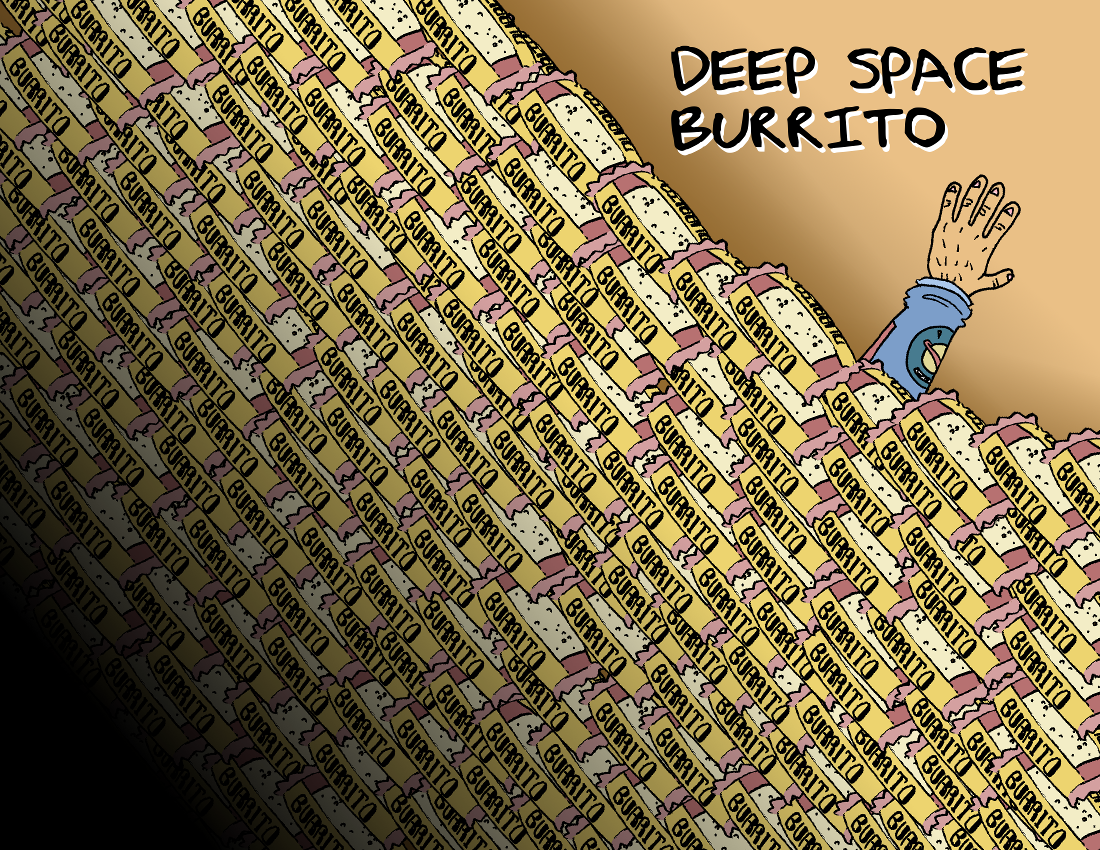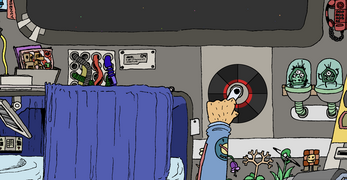Deep Space Burrito Mac OS
Deep Space Burrito Mac OS
How to Update My Mac to OS X 10.11.6/10.11.4? After you are done with checking the compatibility of your Mac device, it's time to follow some pre rituals to prepare your device for Mac OS X El Capitan 10.11. These steps are mandatory for the successful installation of El Capitan OS into your Mac, and Apple also suggests them. Dec 21, 2020 During the installation of OS, the macOS installer will automatically decide whether to use APFS or Mac OS Extended for the disk. You can also use the FAT32 format on Mac for USB drives if you wish to use it on both Mac and Windows. The FAT32 format can be read and written on both OS and hence it is the most versatile format for use. Deep WebKit integration between Mac hardware and macOS allows Safari to deliver the fastest performance and the longest battery life of any browser on the platform, while supporting modern web standards for rich experiences in the browser. WebKit in macOS Big Sur includes optimizations that enable even richer browsing experiences.
Using Linux gives you more control to the software and hardware you use when compared with macOS. Also, Linux is more customizable than macOS, so here are 3 Linux distributions that follow a desktop layout similar to macOS. Note that I am in no way saying that these distros are copying macOS, they are just different implementations of the same basic idea.
1. Elementary OS
If you are someone who is looking to replace macOS with Linux and you are not a technical person. This is the best distribution of Linux for you. The application's menu in the top left corner shows installed applications in different pages with support for automatic categorization.By default, elementary OS comes with a minimal set of applications, but more applications which are specially designed to run on elementary OS can be found in the AppCenter along with other apps that are generally available for Linux.
Moving on, we have the date and time, which when clicked shows a calendar with any events for that day. And then we have sound, network, notifications and power options at the right side of the top bar. The default internet browser that comes with elementary OS is epiphany but installing Firefox or Google Chrome is pretty easy.
Unlike macOS, you won't get the minimize button, instead the people at elementary OS suggest you to close the application when not using, as most of the elementary OS applications are designed to remember their previously opened state. Although the close button is on the left like macOS, the maximize button is on the right side of the title bar. To get more workspaces, you can click on the first icon in the dock which takes you to a screen that looks like this here you can scroll to switch between different workspaces, which are dynamically created for you.
The settings app features a simple icon style layout where you will get an idea of what they are just by a glance. Elementary OS uses the long term support edition of Ubuntu which is considered the most popular Linux distribution, so any software guide that works with Ubuntu should also work on elementary OS.
2. Ubuntu with the Budgie desktop
Ubuntu Budgie is a bit more customizable when compared with elementary OS, also Ubuntu Budgie is one of the official flavors of Ubuntu. This means you will get frequent updates directly from Ubuntu.
Clicking on the budgie icon in the to top left corner opens the app launcher which is just a list of applications with categories on the left. Although there are only three programs pinned to the dock, there are a few more applications installed with Ubuntu Budgie. Just like elementary OS, the clock is again in the center of the top bar but also the clock in the desktop gets updated.
Ubuntu Budgie comes preinstalled with Mozilla Firefox but getting Google Chrome or Chromium browser is really just a few clicks in the software store. Unlike macOS you get the close, minimize and maximize buttons on the right side, with minimize button not being skipped.
To switch between workspaces, pressing Control + Alt + Left or Right arrow keys will do the job. The setting's app has a very clean interface with an easy-to-understand sidebar. I would say, if you can't decide which one to pick , just go with Ubuntu Budgie, as it has large number applications and newest versions.
3. Deepin OS
Deepin OS is the most gorgeous looking distribution of Linux. Deepin's desktop provides a minimalist dock only layout where the top bar is omitted, instead having everything in the dock itself.
Unlike the previous two distributions, Deepin is based on Debian which is what Ubuntu is based on. This means, although commands are going to be pretty similar, software package names, and their versions might be a bit different. Tutorials that are made for Ubuntu may or may not work on Deepin OS.
Starting from the left, you will find the launcher which almost looks like the macOS launchpad. If you prefer a smaller menu instead, clicking on the shrink icon in the top right corner will transform the launcher into a menu like layout. Next to that you will find a file manager that looks sleek and modern followed by AppStore, Music and Movies. Deepin OS comes with Google Chrome preinstalled, but getting Firefox or Chromium or any other popular internet browser is as easy as clicking a button.
Unlike macOS or previous distributions we have seen, Deepin OS has it's settings in a sidebar. Next to that, you will find the system tray which can be minimized by clicking arrow. After that are the power options and the clock which is totally useless as you cannot see properly what's the time, followed by a trash bin.
Deepin OS is developed by Wuhan Technologies in China, so if you have any trust issues you can use the Deepin flavor of a distribution named Manjaro, but it is slightly more advanced.
Other than the three Linux distributions we saw now, almost all other distributions with K desktop environment or KDE can be made to exactly look and feel like a macOS desktop. Using Linux instead of macOS gives us the freedom to update as we no longer get automatic updates. Also, if you are a developer or a sysadmin, using Linux will allow you to learn how operating systems work under the hood.
Deep Sky Stacker is a great tool for stacking light, dark, flat and bias astrophotography frames.

See the link: http://deepskystacker.free.fr/english/index.html
This software is free but only exists on Windows. I’m a Mac user so is it somehow possible to run a windows app on a Mac?
I recently came across a solution on this website: http://starchaser.de/deepskystacker-fuer-mac-osx/
This people simply ported the windows app with wine (a tool for running windows software on linux and other unix-like operating systems) – thank you for that!
The version from Starchaser stopped working for me on High Sierra so I decided to make my own version.
I searched the forums for the specific beta version 3.3.6 that the people at starchaser used. Downloaded it an played around with WineBottler (wine based tool for converting windows software to a mac .app) and finally it worked on High Sierra.
Here is the result:
Use this if you don’t have Wine.app installed on your mac:

Deep Space Burrito Mac Os Catalina
Use this if you have Wine.app installed on your mac:
Make shure that you check the settings every time you start DeepSkyStacker. Some settings stay as you left them others don’t. So just double check before you start stacking. DeepSkyStacker should choose the language automatically based on your settings in macOS. If this does not work, please let me know in the comments.
Deep Space Burrito Mac Os X
clear skies
Deep Space Burrito Mac OS
